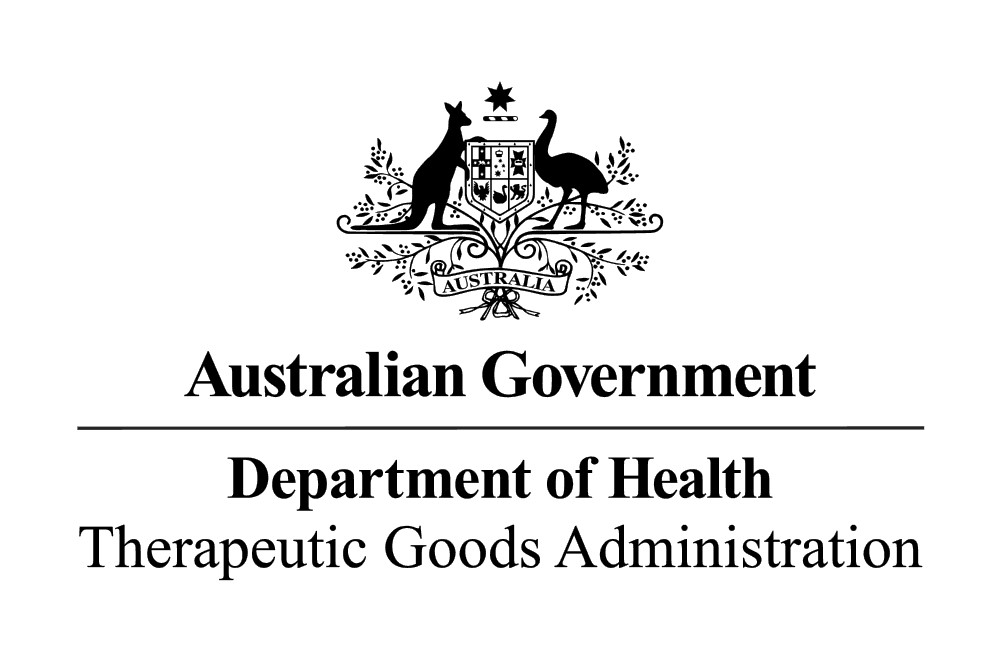The present article provides a brief overview of the regulatory matters related to the clinical evaluation reports to be submitted by the parties responsible for clinical trials.

Table of Contents
The Therapeutic Goods Administration (TGA), an Australian regulating authority in the sphere of healthcare products, has published a guidance document dedicated to clinical evidence. The guidance describes in detail the regulatory approach to be applied for clinical evidence used to demonstrate compliance with the respective regulatory requirements for medical devices intended to be marketed and used in Australia. In particular, the document highlights the key points related to the way clinical evidence should be collected, analyzed, and provided to the TGA for further review. It is also important to mention that provisions of the guidance are non-binding in their legal nature, and are not intended to introduce new rules or impose new obligations the parties involved should be subject to, but rather to provide additional clarifications regarding the existing regulatory framework, as well as recommendations to be followed to ensure compliance thereto. The authority also reserves the right to amend the guidance, should it be reasonably necessary to reflect corresponding changes to the underlying laws and regulations.
Clinical Evaluation Reports: Key Points
The scope of the guidance covers, inter alia, the aspects related to clinical evaluation reports. According to the document, after the completion of the clinical evaluation process, a clinical evaluation report (CER) should be compiled that includes:
- Scope and context of the evaluation;
- Clinical data;
- Data appraisal and analysis;
- The conclusion reached about performance, safety, and presentation (including labeling, patient information, and IFU) of the medical device when used for the intended purpose(s);
- A benefit-risk determination.
As further explained by the TGA, such a report should contain the information sufficient for the document to be assessed by a third party (e.g., TGA itself) when assessing compliance with the regulatory requirements in the sphere of clinical evidence. To assist the parties responsible for clinical trials in preparing such reports, the guidance outlines the main aspects to be addressed in the report and explains the way respective information should be provided. It is also stated that the report could be requested by the regulating authority not only in the context of the initial application for marketing approval but also at a later stage after the device in question is placed on the market – in such cases, the report should be subject to updates regularly to reflect the new information obtained in the course of the use of the medical device for its intended purpose. The authority additionally emphasizes the importance of following the record-keeping requirements: all the changes to the report should be duly documented.

Critical Analysis and Expert Opinion
First of all, a clinical evaluation report should contain the data evaluated by a clinical expert having the necessary qualification and knowledge. Upon completion of such evaluation, an expert should provide his conclusion regarding the benefit-risk profile of the product in question, accompanied by the signed endorsement. When conducting such analysis, an expert should assess all the evidence related to the product in question, while the manufacturer should make sure all the evidence is addressed.
Competent Clinical Expert
For the present guidance, a competent clinical expert stands for someone with relevant medical qualifications and direct clinical experience in the use of the device or device type in a clinical setting; it is further explained by the TGA that for a novel, high-risk device, the clinical expert is expected to have current or recent clinical experience with the device type (preferably within the past two years).
According to the guidance, the particular expert to be involved in the assessment should be chosen depending on the type of the device in question, as well as its intended purpose. At the same time, in the case of low-risk medical devices, another healthcare professional could act as an expert. The authority explicitly states that when considering the expert to be involved, the matters related to the potential conflict of interest should be taken into consideration as well.
CER Content
Following the form suggested by the TGA, a clinical evaluation report should be comprised of the following elements:
- General details;
- Description of the medical device and its intended application;
- Intended therapeutic and/or diagnostic indications and claims;
- Context of the evaluation and choice of clinical data types;
- Summary of relevant preclinical data;
- Discussion regarding comparable devices including substantially equivalent devices;
- Summary of the clinical data and appraisal;
- Data analysis;
- Conclusions;
- Name, signature, and curriculum vitae of the clinical expert and date of the report.
As further explained by the authority, the general details section should include the proprietary name of the product in question, and also information about the medical device manufacturer. Additional information about the device should be provided in the description. This section should cover such detail as models and sizes in which the device exists, the particular group to which it belongs, information about the materials used, components thereto, its mechanical characteristics, and the way the device operates when being used for its intended purpose, as well as any other details deemed to be important (e.g., the ones related to sterility, if the device is intended to be supplied sterile).
It will be also useful to provide diagrams or photographs illustrating the way the device should be assembled and used. As it is stated by the TGA, the description to be provided in this section should be detailed enough for the authority to be able to assess the device in terms of compliance with the applicable Essential Principles. In case the scope of application covers a pack including several components, each of them should be described in detail.
In summary, the present TGA guidance provides an overview of the regulatory approach to be applied concerning clinical evaluation reports to be submitted upon completion of a clinical evaluation. The document highlights the key points to be considered in the content of such reports and aspects to be addressed therein.
Source:
https://www.tga.gov.au/sites/default/files/clinical-evidence-guidelines-medical-devices.pdf
How Can RegDesk Help?
RegDesk is a next-generation web-based software for medical device and IVD companies. Our cutting-edge platform uses machine learning to provide regulatory intelligence, application preparation, submission, and approvals management globally. Our clients also have access to our network of over 4000 compliance experts worldwide to obtain verification on critical questions. Applications that normally take 6 months to prepare can now be prepared within 6 days using RegDesk Dash(TM). Global expansion has never been this simple.

